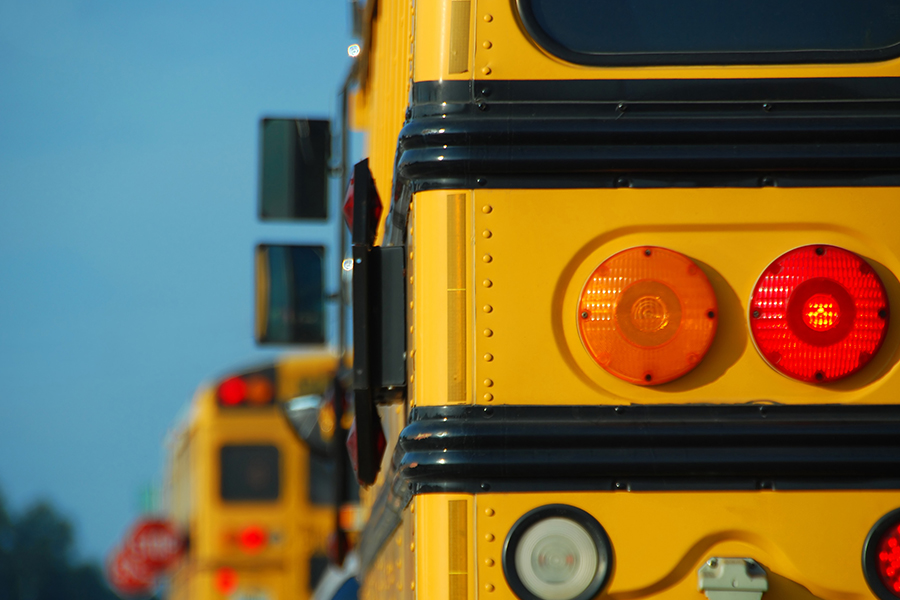Finding a school your child can do well in is not always easy. Standard public schools often fail to offer tools for success while private schools cost more than many families’ homes. For many kids, charter schools might be the answer, as they provide some of the perks of private school with the low expense of public school. Here’s a look at what a charter school is and who can attend.
What is a charter school?
The first charter schools opened in Minnesota in 1992 and have since spread to 42 other states. The U. S. Department of Education estimates that by the end of 2014, nearly 7,000 charter schools were in action, attended by nearly 3 million students. And yet, a 2014 PDK/Gallup survey showed that half of Americans thought charter schools charge tuition, didn’t know they were public, and thought they were allowed to teach religious lessons.
A charter school is an autonomous body, subject to some federal and state legislation but with more freedom than standard public schools to decide issues like curriculum and rules. Because these schools do receive public funds, they cannot accept tuition, making them much more affordable than private schools. Nonetheless, this public funding works very differently than public schools. Additionally, charter schools have no zoning, which means there are no requirements for living in certain parts of the city.
Ultimately, a charter school is a public school run or organized wildly different from traditional public schools. They are governed not by a school board but by a granted “charter,” or contract, through a specific party (sometimes the state and sometimes other entities). Additionally, charter schools have more freedom in their curriculum choice, hiring options, and even small things like what facility their food comes from. Funding may differ by state, school, or contract, but many schools receive money on a per pupil basis. That is, the more students they have, the more money the school gets.
Who goes to Charter Schools?
As they are technically public schools, you might expect charter schools to be open only to a select region of children. As not a purely public school, you might expect lengthy application processes that look for certain applicants.
Basically, this means anyone can go to a charter school. Most schools accept applications—not to accept and deny students but for administration data purposes. Many schools hold a random drawing of sorts to decide which students will and won’t be accepted if there are more applicants than enrollment spaces. Many students who don’t do well in traditional public schools can find a better home with a charter school.
Because there is no zoning, charter schools open up potentially better education to students who might otherwise be stuck in a zone with a subpar school. On the flip side of this, students who have been kicked out of (sometimes multiple) public schools can wind up in charter schools. This is not necessarily bad for the particular student, but when this becomes a habit, it can create an atmosphere virtually opposite of the school’s intended goal.





